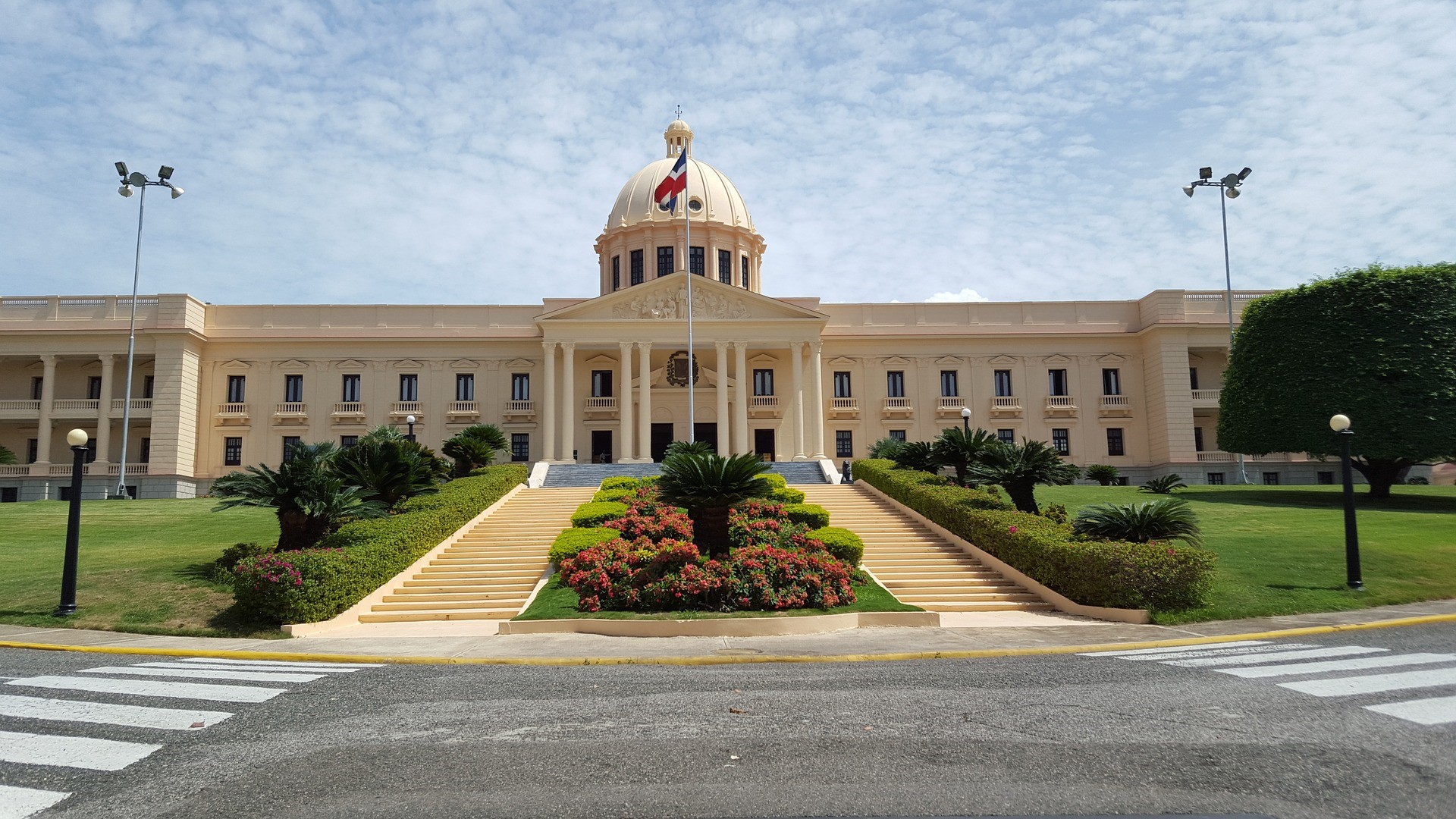
Official name: DOMINICAN REPUBLIC
Date of membership: 04 June 1976
Capital: Santo Domingo
Geography
Location: Caribbean, eastern two-thirds of the island of Hispaniola, between the Caribbean Sea and the North Atlantic Ocean, east of Haiti.
Area: 48.670 km2
Land boundaries: 360 km
Boarder countries: Haiti 360 km
Coastline: 1,288 km
Natural resources: Nickel, bauxite, gold, silver
Environment – international agreements: Party to: Biodiversity, Climate Change, Climate Change-Kyoto Protocol, Desertification, Endangered Species, Hazardous Wastes, Marine Dumping, Marine Life Conservation, Ozone Layer Protection, Ship Pollution. Signed, but not ratified: Law of the Sea
Economic indicators
| Total at current prices (2013) | 78 845 | Millions USD | 2020 |
| Total at current prices | 7268 | USD | 2020 |
| Growth rate per capita at constant prices | -7.7 | % | 2020 |
| Imports of goods and services | 26.0 | % | 2020 |
| Exports of goods and services | 18.3 | % | 2020 |
Source: Dominican Republic: Economic National Profile. CEPALSTAT. Databases and Statistical Publications. ECLAC. Inquiry: February 24, 2022
Socio-demographic indicators
| Total population | 10 847.9 | (000) | 2020 |
| Life expectancy | 75 | Years | 2020_2025 |
| Women | 78 | Years | 2020_2025 |
| Men | 72 | Years | 2020_2025 |
| Public health expenditure as a percentage of GDP | 5.7 | % | 2018 |
| Literacy rate for persons between the ages of 15 to 24 | 98.8 | % | 2016 |
| Net rate of enrolment in primary education | 95.9 | % | 2020 |
| Net rate of enrolment in secondary education | 73.7 | % | 2020 |
| Public expenditure on education as a percentage of GDP | 4.0 | % | 2019 |
| Gini Coefficient | 0.41 | % | 2020 |
| Unemployment | 5.8 | % | 2020 |
| Migration | -2.6 | % | 2020-2025 |
Source: Dominican Republic: National Socio-Demographic Profile.
CEPALSTAT. Data Bases and Statistical Publications.ECLAC. On line. Inquiry: February 24, 2022
Language: Spanish (official)
Government
Administrative divisions: 31 provinces (provincias, singular – provincia) and 1 district (distrito); Azua, Baoruco, Barahona, Dajabon, Distrito Nacional, Duarte, Elias Pina, El Seibo, Espaillat, Hato Mayor, Independencia, La Altagracia, La Romana, La Vega, Maria Trinidad Sanchez, Monsenor Nouel, Monte Cristi, Monte Plata, Pedernales, Peravia, Puerto Plata, Salcedo, Samana, Sanchez Ramirez, San Cristobal, San Jose de Ocoa, San Juan, San Pedro de Macoris, Santiago, Santiago Rodriguez, Santo Domingo, Valverde.
Independence: 27 February 1844 (from Haiti)
Constitution: 28 November 1966; amended 25 July 2002
Suffrage: 18 years of age, universal and compulsory; married persons regardless of age.
Note: members of the armed forces and national police cannot vote
Executive branch: Chief of state: President Luis Abinader (since 16 August 2020); Vice President Raquel Peña (since 16 August 2020).
Note: The president is both the chief of state and head of government .
Legislative branch: Bicameral National Congress or Congreso Nacional consists of the Senate or Senado (32 seats; members are elected by popular vote to serve four-year terms) and the Chamber of Deputies or Camara de Diputados (150 seats; members are elected by popular vote to serve four-year terms).
Judicial branch: Supreme Court or Corte Suprema (judges are appointed by the National Judicial Council comprised of the President, the leaders of both chambers of congress, the President of the Supreme Court, and an opposition or non-governing party member).
Internet country code: .do
Official Portal Web: http://www.presidencia.gov.do
